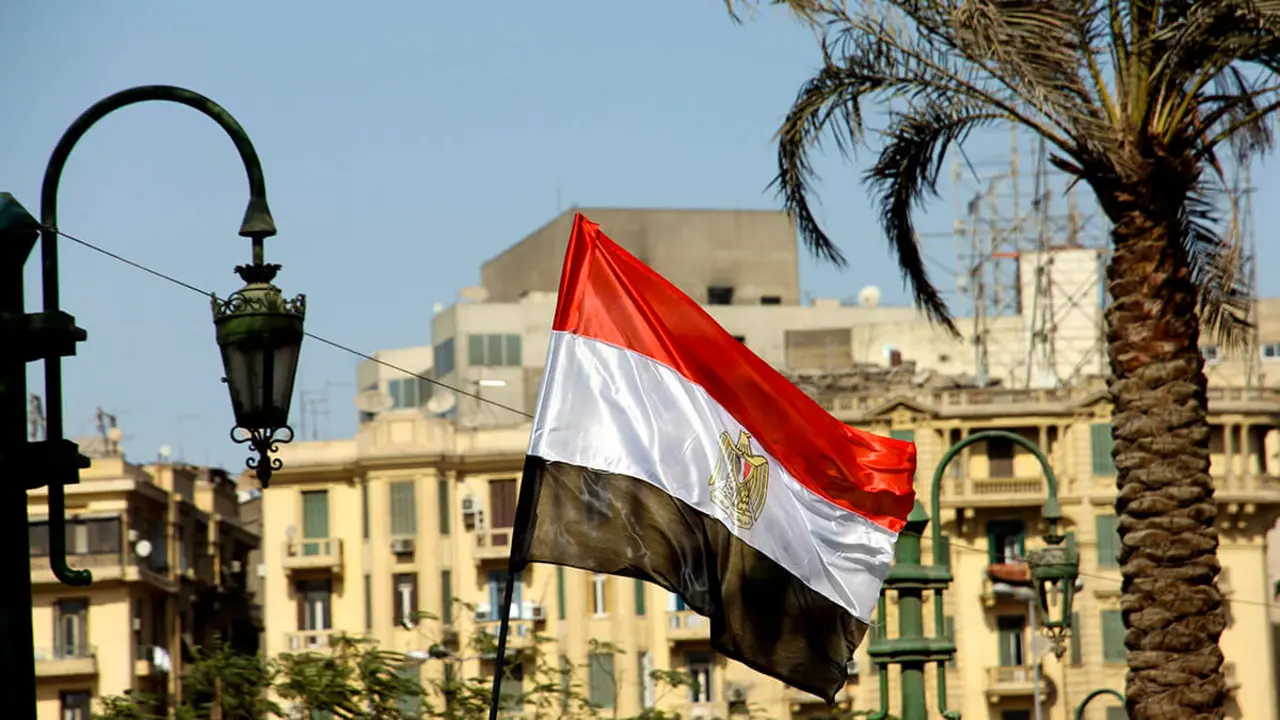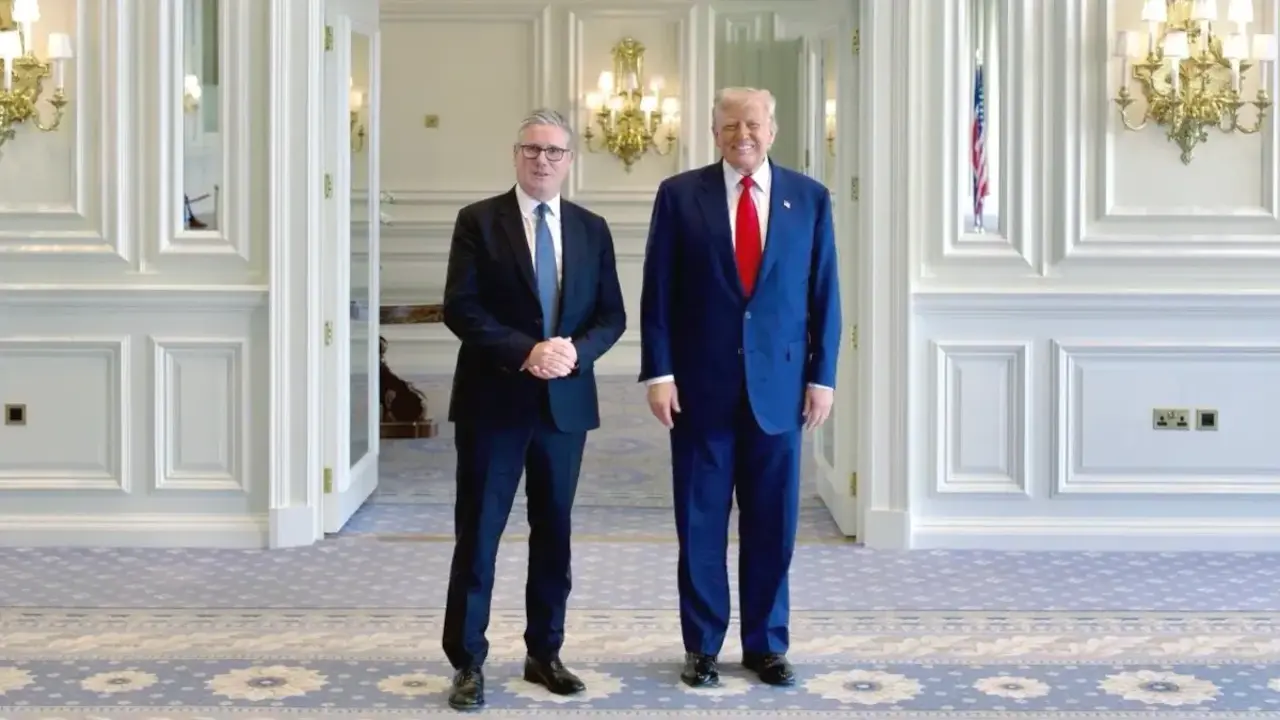Los Angeles in flames: migration, identity and resistance against Donald Trump
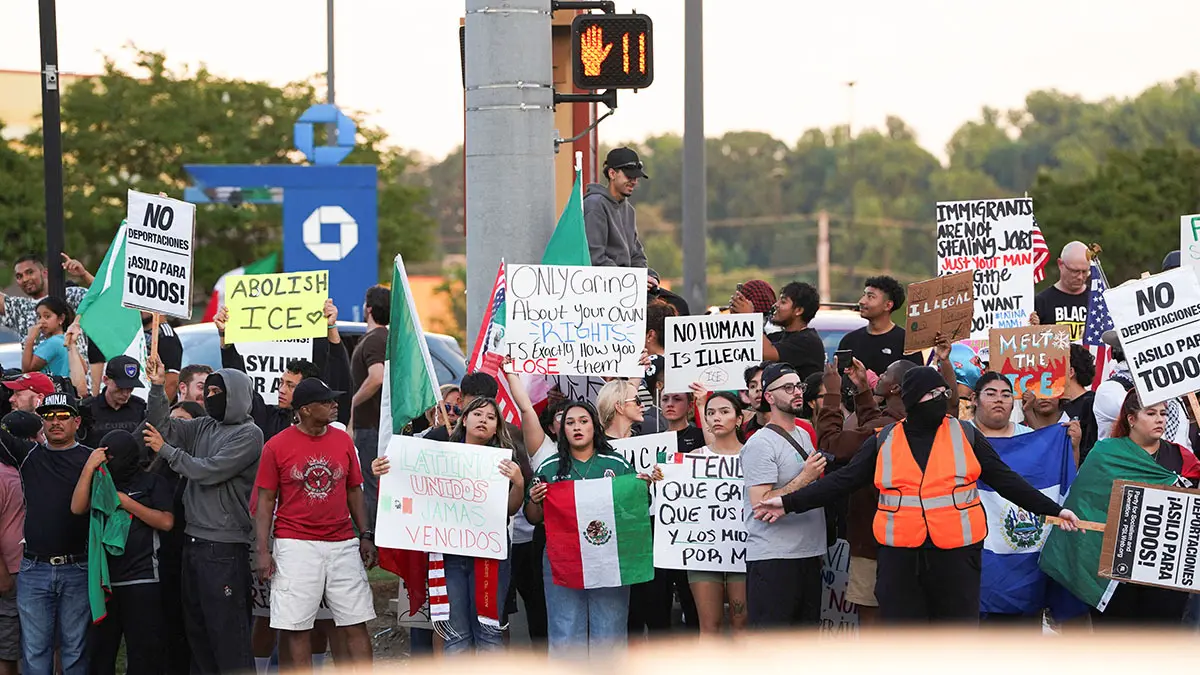
- The Mexican flag as a symbol of resistance
- Mexico's stance on immigration raids
- A historic symbol of struggle
- ‘Migrants are not criminals’
- The ‘migrant engine’ of the United States
The protests in Los Angeles began on 6 June 2025, following immigration raids carried out by US Immigration and Customs Enforcement (ICE) across the city. The next day, President Donald Trump ordered the deployment of 2,000 National Guard troops without the consent of California Governor Gavin Newsom, sparking a conflict between federal and state authorities. Trump called Los Angeles a ‘city of criminals,’ while Newsom denounced what he considered an abuse of power and an attack on state sovereignty.
On 8 June, clashes erupted between protesters and law enforcement, who responded with tear gas to disperse the crowd. Some protesters blocked motorways and set vehicles on fire, intensifying the violence in the streets. The protests, motivated by growing concern over immigrant detentions, especially in a city with a large Hispanic population, continued with high tensions between protesters and local police.
In response to the situation, Trump deployed more troops, including 500 additional Marines, while Democratic governors, such as Newsom, criticised the president's unilateral action. The immigration crisis also drew international criticism, including from Mexican President Claudia Sheinbaum, who urged the United States to treat detainees with dignity, accusing the government of violating migrants' rights.
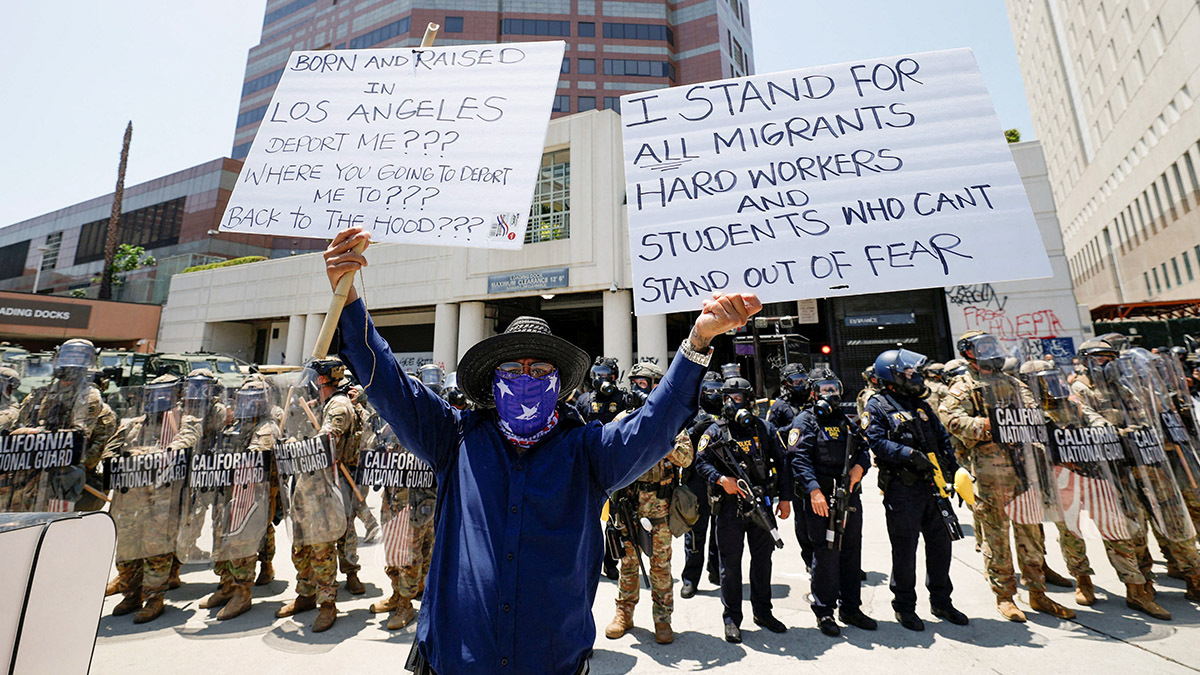
The Mexican flag as a symbol of resistance
During the demonstrations, the Mexican flag emerged as a prominent symbol, waving alongside those of other Latin American countries and the United States. For many protesters, especially young Mexican Americans, this flag represents their cultural pride, their history and their resistance to the Trump administration's anti-immigration policies.
However, the White House condemned its presence and accused the protesters of displaying a ‘foreign invasion’. Presidential adviser Stephen Miller and other officials considered it a sign that Los Angeles was ‘occupied territory.’ Meanwhile, some liberal commentators warned about the negative impact the Mexican flag could have on the movement, suggesting that it could divert attention from immigration policies to foreign loyalty.
Despite this criticism, the Mexican flag remains an emblem of struggle and solidarity in Los Angeles, where more than 3.4 million people of Mexican origin reside. This situation reflects the complex link between cultural identity and immigration policy, especially in a city with deep Mexican roots.
‘This is our city and this was Mexico. You can't kick us out of the land that was once ours,’ exclaimed one protester during the demonstrations, addressing President Donald Trump.
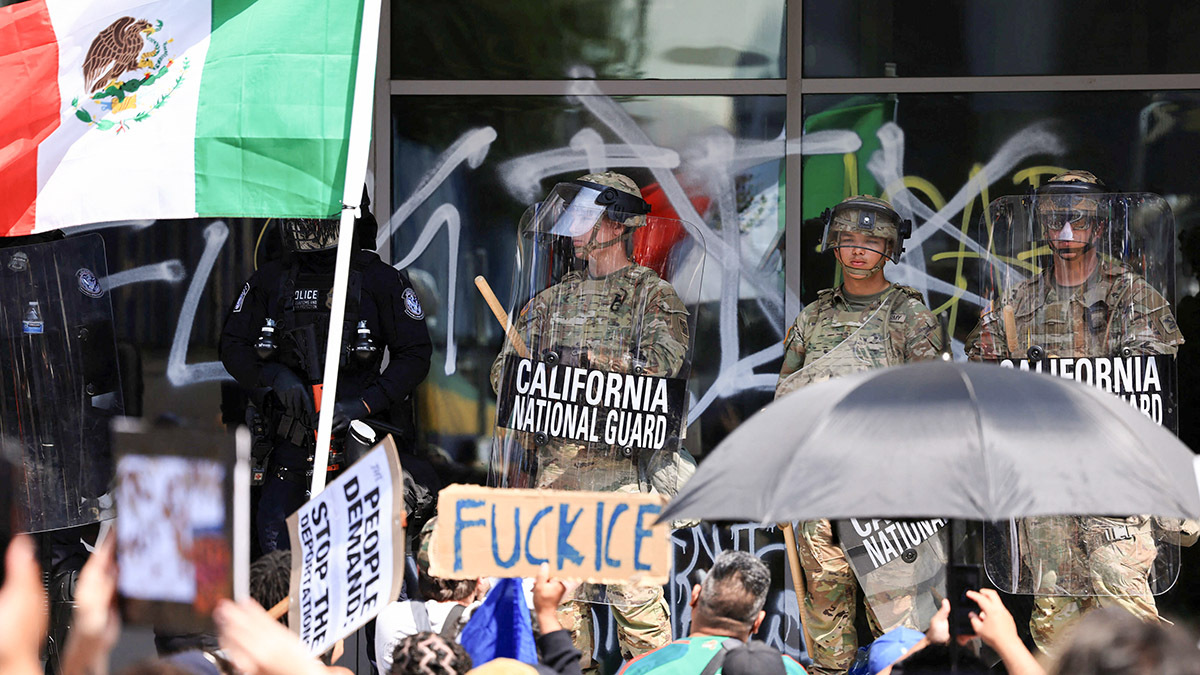
Mexico's stance on immigration raids
Mexican President Claudia Sheinbaum reacted to the controversy surrounding the use of the Mexican flag in protests against the immigration raids. Sheinbaum described the image of the flag on a burning patrol car as ‘provocative’ and called for an investigation. However, she clarified that Mexicans have always protested peacefully and rejected accusations of encouraging violence.
Despite the controversy, Sheinbaum reaffirmed Mexico's right to defend its compatriots abroad. She stressed that the Mexican government, through its consular network, is already in contact with those detained to provide them with support and advice on their rights, and reiterated that its approach to migration is based on dialogue and comprehensive immigration reform, not violence or raids.
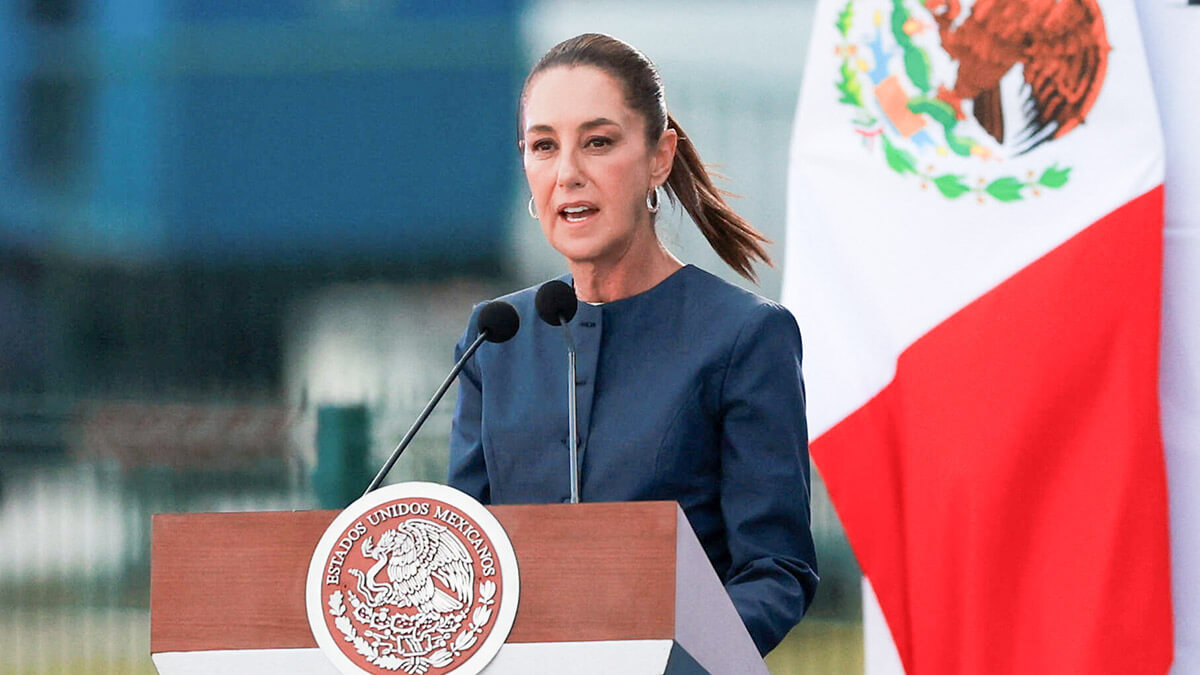
A historic symbol of struggle
The use of the Mexican flag as a symbol of resistance is not new. Throughout history, it has represented the struggle for social justice and unity of the Mexican people at key moments. During the Mexican-American War (1846-1848), the flag was a symbol of resistance against the US invasion. Mexican soldiers, including cadets from the Chapultepec Military Academy, fought heroically to defend their land and left an indelible mark on the country's collective memory.
Later, in the early 20th century, the Mexican flag became a banner of the Mexican Revolution. Leaders such as Francisco Madero, Emiliano Zapata and Pancho Villa fought for social justice, and the flag symbolised the struggle for workers' rights and land redistribution.
‘Migrants are not criminals’
On the other hand, the Mexican president expressed her firm rejection of the criminalisation of Mexican migrants in the United States, especially after the recent raids in Los Angeles that ended with the arrest of 35 Mexicans. In her speech, Sheinbaum emphasised that migrants are not criminals, but people who emigrated out of necessity and who contribute significantly to the US economy. She assured that in her next meeting with President Donald Trump, at the G7 Summit in Canada, she will express that migrants are an essential part of US society and must be treated with dignity. She also stressed that the treatment of migrants should not be based on raids or violence, but on an approach of dialogue and comprehensive immigration reform. ‘We do not agree with this way of dealing with the migration phenomenon, it is not with raids or violence,’ said Mexican President Claudia Sheinbaum.
The ‘migrant engine’ of the United States
Immigration has undoubtedly been a cornerstone of American society and economic development for a long time. The United States, often referred to as a ‘nation of immigrants,’ has always depended on the influx of different populations to drive its growth, innovation, and cultural wealth.
Throughout its history, the United States has been a country shaped by immigrants who, from the colonial settlements of the 17th century to the present day, have profoundly transformed its economic and social structure. The first Europeans, mainly English, arrived in search of religious freedom and opportunity, while the slave trade forcibly brought thousands of Africans whose labour was key to the development of the colonies. With independence, waves of migration from Europe intensified, providing essential labour for industrialisation. Beginning in the 20th century, policies such as the Immigration Act of 1924 attempted to restrict the flow of migrants, but the 1965 reform opened the doors to more diverse immigration, enriching the culture and the labour market. In recent decades, despite debates about border security and irregular migration, data show that immigrants have been instrumental to the country's economic growth. They hold key positions in sectors such as agriculture, construction and technology, found innovative companies (such as Pfizer and Colgate), and have boosted both employment and the global competitiveness of the United States. In the words of the IMF itself, ‘the migrant workforce is a comparative advantage that sustains the country's dynamism.’ From its founding to the 21st-century economy, immigration has been, and continues to be, one of the most powerful engines of American progress.





